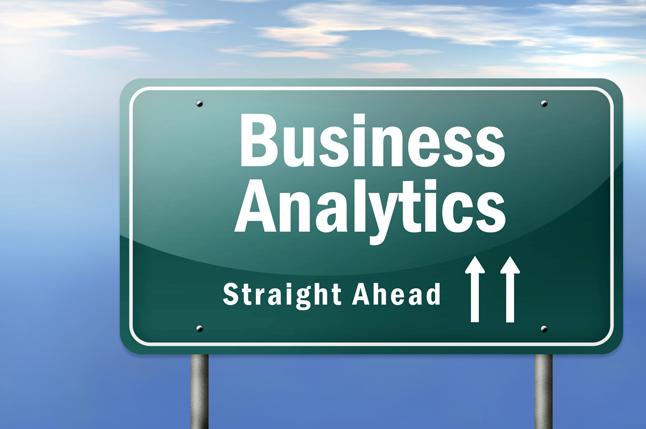
Analytics is strongly knit with various applications across the IT estate and processes data so as to produce the desired insights to business, thus positioning analytics as a good framework of application systems.
ITDMs across industries have some winning techniques to get the desired business insights.
Integration across functions
The best strategy is to integrate information across multiple functions and channels and use unified technology platforms to meet the full spectrum of enterprise requirements for business analytics including reports, dashboards, scorecards, scenario planning, and forecasting models, as well as ad hoc queries and analysis.
The best strategy is to integrate information across multiple functions and channels and use unified technology platforms to meet the full spectrum of enterprise requirements
Start simple
It is not necessary to have a complex solution for every complex problem. The problem should be broken down into smaller units and each of them should be tackled separately. The combined set of simple solutions will help achieve the desired results. There are a lot of algorithms which can be used to analyse data. Each algorithm has strengths and weaknesses when it comes to solving specific use cases.
Data collection, cleansing or mashing
Identify potential data sources, examine the data quality and integrity, ensure the availability of the right tools for data collection and data cleansing, data storage and maintenance and identify the right tool for analytics. Data mashing helps in eliminating noise from useful data.
Interpretation of the Analysed Data
This requires enough experience and expertise to run a model of pattern/statistical algorithm and other analytical tools and techniques providing meaningful insights, as also, lastly, the visualisation of the data.
Connect
Connect the data instantly--big and small--and blend multiple data sources in the same view.
Agility and visualisation
Deliver faster time-to-insight with agile, intuitive data visualisations and show the “where” of data using interactive maps and geo-locations. Speed up decision making with smarter visual analytics tools. Share visual insights via mobile devices for rapid time-to-action
Granular data collection should be granular and should be useful for final outcome; if data collection is flawed, then the outcome or insights from the data will be flawed as well.
Analytical Techniques in Use
Descriptive Analytical Technique: This technique gives a view of the history to business and enables them to understand what has happened before
Predictive Analytical Technique: It is a kind of early view mechanism for any decision making; it helps to view the business as to what will happen
Prescriptive Analytical Technique: A combined phase which uses both predictive and descriptive models and then suggests decision options to take the best advantage of the predictions
Decisive Analytical Technique: This aids decision making with data representations with visual analytics, which in turn, stands for the need of the decision. The performance here mostly relates to the ability of the tool to work with an optimised query, so that the system resources are utilised at its optimum. Also, many of the ITDMS only favour using a separate BI data area away from the live environment with real time replication to the live data

 In
In
Add new comment